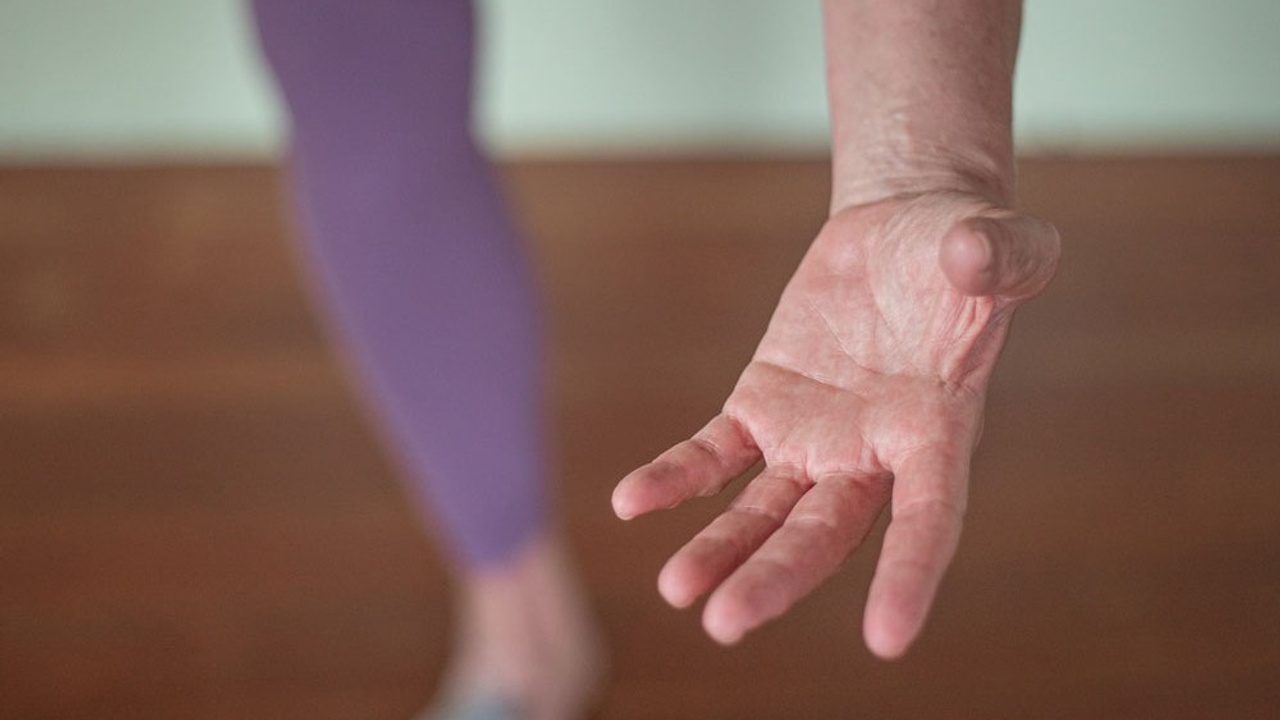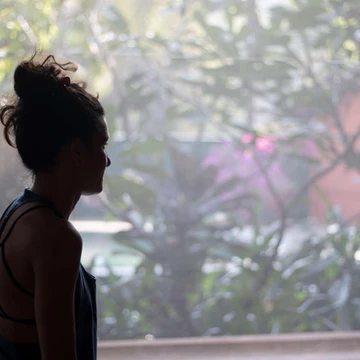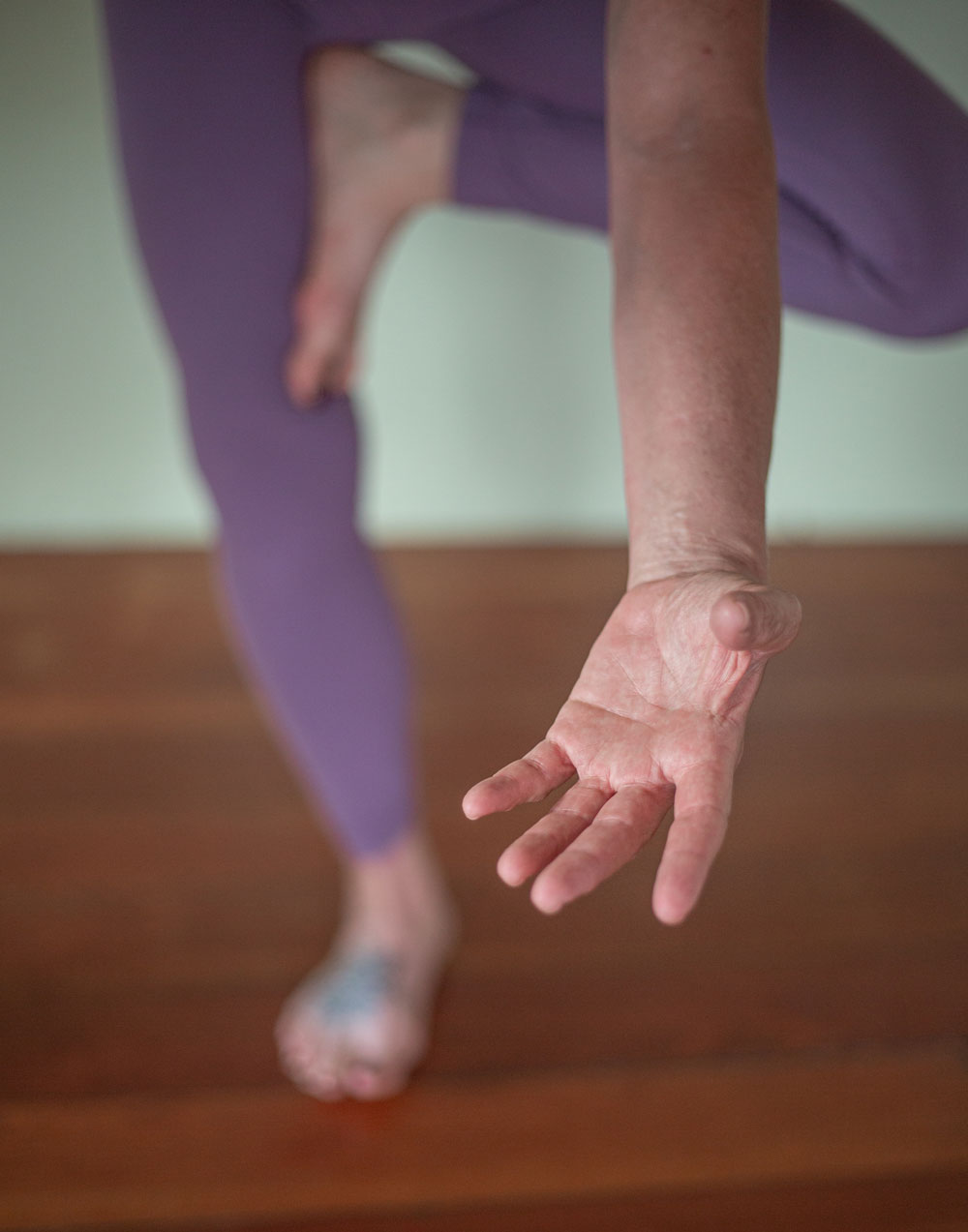The importance of community & our need for belonging
Oct 18, 2021
Judgment, shame and self-worth in the yoga world part 3
“You are only free when you realize you belong no place—you belong every place—no place at all. The price is high. The reward is great.” – Maya Angelou
The above quote by the amazing Maya Angelou sums up the essence of what many of us strive for in our yoga practices when we look beyond the asana. And while I’m sure there will be some people who disagree, most know that the initial goal is not to cultivate the best handstands or longest hamstrings in our practices. Instead, it’s to crack open our armour and find our deepest selves – the Self, Atman, Soul, Spirit or Universe, if you will. If your personal aim with your yoga practice is to put both feet behind your head, then it’s best to stop reading now.
To crack open that armour takes a lot of vulnerability, as we need to have the courage to drop our masks and reveal our stories without blame, shame or judgment (especially towards ourselves). This is an innate calling from within, but in a world in which it sometimes feels as if the most important aspects of our personalities should be shared on Instagram, this process can feel like a lonely, dark road, making the need to belong ever greater, and at the same time, making getting to that place of belonging no place and every place all the more challenging.

Our need for belonging brings us to communities that can support us through that vulnerability as we peel away layers of old beliefs and ideas, and search for our deepest connections. These communities in the yoga world can feel like a sanctuary, a safe haven of like-minded people that “get” us, who are also on a journey. But these same communities, whether they be studios, lineages, or groups of friends that practice, can also be places of deep pain, shame and rejection. As we show up and begin to trust, often revealing ourselves openly, we become easy targets for teachers, gurus, leaders and other students to ridicule, mock or deride. The image of the yoga environment as a safe place to allow vulnerability and self discovery is prevalent in the media everywhere, so why do we often feel the need to bring a level of self-protection in order to “find ourselves” in the modern yoga climate? It’s because communities are beautiful when they work – until they don’t, which results in lack of self-worth, imposter syndrome, and fear of excommunication.
The severity of this became even more apparent to me when I started my blog series. The response was overwhelming; so many people wrote to me or spoke to me personally, saying “Yes, we need to talk about judgment and shaming in yoga openly,” yet fear of being shamed or excommunicated by their communities, studios or teachers had kept them quiet. Sometimes this even developed into a need to step away from these communities or the yoga world altogether.
So I decided to collect some stories. I sent out a questionnaire to hundreds of yoga practitioners and teachers alike.
So I decided to collect some stories. I sent out a questionnaire to hundreds of yoga practitioners and teachers alike. I surveyed senior and junior teachers as well as collecting stories from yogis in over 15 different countries and from a variety of styles. I didn’t limit it to people I knew personally, as I also wanted input from lineages that I had never experienced, like Sivananda and Bikram. The only lineage I didn’t get any response from was Kundalini (If you want to get in touch to help with that for future instalments in this blog series, I’d welcome input from any Kundalinis).
With the help of these stories, this instalment will explore the relationship between the need for belonging, fitting in and shame. Because this is such an intricate topic, this instalment will be split up in two parts. Part 3a focuses on our inherent need for belonging and how that draws us into communities as well as how this need is often confused with fitting in. The next blogpost will be part 3b on the power of group, collective assembly, and fear of excommunication.

Belonging: A Basic Need
In 1943 psychologist Abraham Maslow published a paper that presented a “hierarchy of needs” in order to support fundamental human development. The bottom of this pyramid of needs is physiological (food, water, shelter, rest). The second layer is safety, and the third is belonging and love. The theory is that these most basic needs must be met before humans can even consider higher development.
For children, the first sense of belonging will be with family. This need is so strong in childhood that it can override the need for safety, as witnessed in children who cling to abusive parents. This is important information to consider when talking about our yoga communities. We’ll get to that a bit further on.
Since we are hardwired to find belonging throughout our lives, we will inevitably be drawn to groups, congregations, friends, and clubs that reflect some sense of who we are or who we think we are. It might be easy to dismiss this as something that we are really only attached to during younger years, but even the most steadfast adult “loner” will still search for some small collective in which he or she feels he or she belongs.
As I’ve been thinking about this blog series over the last six months, I realised how much it made sense that yoga, while traditionally an individual practice, would draw people together in groups, whether they be studios, styles and lineages, followers of specific teachers or just friends who also practice yoga. Having been a practitioner in the days before the big yoga boom it made sense to befriend anyone who you discovered was a yoga practitioner. Back in the mid 90s when there were no studios, no social media, no easy access to classes or teachers, it would feel like meeting a lost family member if you encountered someone else who confessed they practiced yoga. It didn’t even matter what style, they were already “on your side” because you established a shared philosophy or lifestyle.
Now, let me clarify. In the early 1990s up to the mid 2000s most people were drawn to yoga as an alternative to belief systems that they had been fed by their families as children or perhaps even in adulthood. This could be anything from religious beliefs, social structures, resistance of the status quo, or an aversion to a material life. Yoga was considered part of an “alternative lifestyle”. You didn’t often talk about it to the average person for fear of them laughing at you and thinking that either you were about to join a cult or that you must be sitting at home crosslegged and “omming” for hours on end. Or, another response I used to get a lot was from men, who would automatically assume I was doing some sort of Tantric sexual practices. Sigh.
Needless to say, it seemed so right to immediately bond with this tribe of yogis who all shared interests and ideas about how we want to show up as humans. It was refreshing and exciting. Although personally I had grown up with the philosophy in my Vedanta background, I have to admit, it was a huge turning point for me in terms of being open about my spiritual journey. Growing up in suburban Southern California meant that I had to hide this side of my life. Children can be cruel and I dreaded when new friends would come over to our house. When they started asking questions about pictures on the walls, I’d already made up a few stock answers: of Vivekananda (“Is he your uncle?” Me: “Yes, very distant relative.”), Sri Ramakrishna (“Why is that man sitting with no clothes on?” Me: “He has a loin cloth on. Now, do you want a peanut butter sandwich?”), Shiva (“Why is he blue?” Me: “Ummm, someone spilled paint on him, I think.”). I’ll never forget the time when I was 17 years old and a friend of mine, who I’d told about our “church,” met my Dad and told me later: “I thought he would have a shaved head and wear funny robes and lots of beads.” It worried me more that I had never even considered that connotation (of Hare Krishnas) with what I had described about what we believed at our temple. In retrospect, my need to belong as a normal kid at school meant I had to lie about an integral part of my life. When I found the modern asana practice and people openly talking about yoga and spirituality it initially was a such a relief.
Belonging Vs Fitting In
We’ve often found our sense of belonging in the yoga world because we have felt we didn’t belong in other places, whether that be church and spirituality practices or wanting a movement practice that had more integration of wholeness that can’t really be found in a gym or at CrossFit. Or who knows, maybe even because we didn’t fit in at work, school or even our own family.
With the current turmoil in the world, whether it be political, environmental, economical or just the stresses of daily life, now more than ever, people are looking for a like-minded tribe. Once our yoga journey begins, that sense of belonging often follows automatically, whether you discover you love a certain style or your local yoga studio provides that sense of sanctuary after a long workday. We get to know people and discuss our practices and feel guided by our teachers. But this path doesn’t always flow so easily – in fact, based on many of the stories I gathered, it often took a long time for people to either find their community or decide to just be a compassionate outsider. One comment that kept popping up in the research was “It’s important to have friends and communities outside the yoga world.”
I think this is because one of the problems is that our need to belong can be overwhelmed by our need to fit in. These are pretty much polar opposites. True belonging is feeling comfortable with who you are and being accepted into community without a need to adapt yourself. As Brené Brown dissects this in her book “Braving the Wilderness”, she says: “Fitting in is assessing and acclimating. Belonging is belonging to yourself first. Speaking your truth, telling your story, and never betraying yourself for other people. True belonging doesn’t require you to change who you are.”
True belonging is feeling comfortable with who you are and being accepted into community without a need to adapt yourself.
We’ve all met someone who, shortly after starting their yoga practice, began to morph from one version of themselves to a more “yogic” version: wearing lots of malas, burning incense or going vegan. I don’t directly feel anything is wrong with this. A dress code is important for many of our communities when we are younger, as it creates an identity to let those around you know what community you belong to. Visit any high school and you can easily asses what kind of music people are listening too, whether they are in a sports club or who their gang is just by looking at what they are wearing. In my day it was the New Romantics, rockabillies, goths, jocks, and academics. Maybe the lines are a little more blurred now, but there was no mistaking who belonged where on any given day. This becomes a problem though when people are adapting because they feel the need to fit in instead of just showing up as themselves. Perhaps this is a subconscious throwback from our younger days, and why we see this tendency in the yoga world today. One teacher wrote:
“Some people get attached to identifying with a style or approach or group, which I feel is missing the point of yoga, which I think should help just become more yourself and be happy with that – which is actually quite profound.” Neville, UK, Hatha/Scaravelli/body worker with 25 years teaching experience
Neville hits the nail on the head perfectly here. We can initially feel a sense of belonging within a yoga community but, as with anything, we can become so identified with it that we forget to check in with ourselves to make sure that we are still being met as an individual within the whole, or that have sacrificed some of our own beliefs in order to feel comfortable.
Another prominent teacher, David Lurey who is from the States and teaches in Spain, but also travels throughout Europe presenting workshops and trainings, shared his experience about community within different styles:
“In theory, I think many were supposed to be like that (inclusive), but as the ‘tribe’ mentality grew, all inclusiveness became less and less. Acroyoga, Anusara, Prana Flow and Jivamukti are examples of this, in my opinion. All with an intention of all inclusiveness built into the dogma, but at the end, if physical, mental, emotional or spiritual standards of the tribe were not met, those who did not meet them felt challenged to fit in. The tribe itself may not have explicitly been exclusive, but the feeling was/is there.”
Feeling challenged to fit in, as David mentions, is probably the biggest reason why many may try a bit of yoga and then decide it’s not for them. A commonly asked question is “Why did that student not come back to class?” The answer could have multiple dimensions to it, but if we could find those people and ask them, I reckon there would be quite a high percentage that felt like they didn’t belong there. Whenever we venture into something new, we can often feel like the odd one out, especially if there is a perceived uniform (yoga clothes), unspoken etiquette (no shoes), and a different language (Sanskrit terms). In many yoga studios it’s the usual stigma of being young, skinny and wearing the latest yoga gear. It can make anyone feel as if they don’t belong and that if they want to, they’re going to have to find a way to fit in. They will have to adapt who they are in order to be accepted into the group, which is pretty much the opposite of what our yoga practice is trying to cultivate.
Whenever we venture into something new, we can often feel like the odd one out, especially if there is a perceived uniform (yoga clothes), unspoken etiquette (no shoes), and a different language (Sanskrit terms).
This is especially visible in communities and lineages that emphasise flexibility or extreme poses over connection with individuals. In other words, the better the student is at the poses, the more likely they are to be part of the perceived “in-crowd”. This mentality is often the greatest source of shaming in the yoga world. “I’m not good enough” is the self talk that arises in these situations. This happens in so many different environments in the yoga world at large, to both students and teachers. I’ve heard countless stories of people who are on the edge of quitting yoga altogether because they feel they just aren’t getting any better at. Or worse: because they keep injuring themselves and they feel it’s their own fault. To me, the question of getting better at yoga makes me scratch my head. There’s nothing to get better at, because there is no right or wrong – that’s just a concept that’s been made up in someone’s mind. The question we should be asking ourselves every day, is “Did I show up for myself today?” When the answer is consistently “yes,” then we are where we need to be every day.
If the answer is “no,” we may be sacrificing our true practice out of fear of not being accepted by the community anymore – out of fear of excommunication.
This blog post is re-published. Original date: Sep 2019
Stay connected with news and updates!
Join our mailing list to receive the latest news and updates from our team.
Don't worry, your information will not be shared.
We don't like SPAM. We will never sell your information, for any reason.
